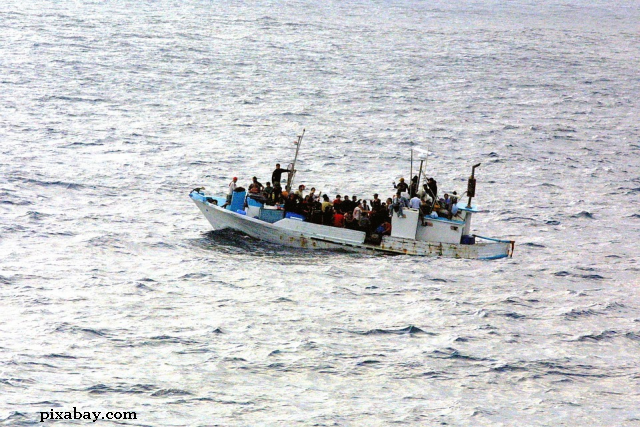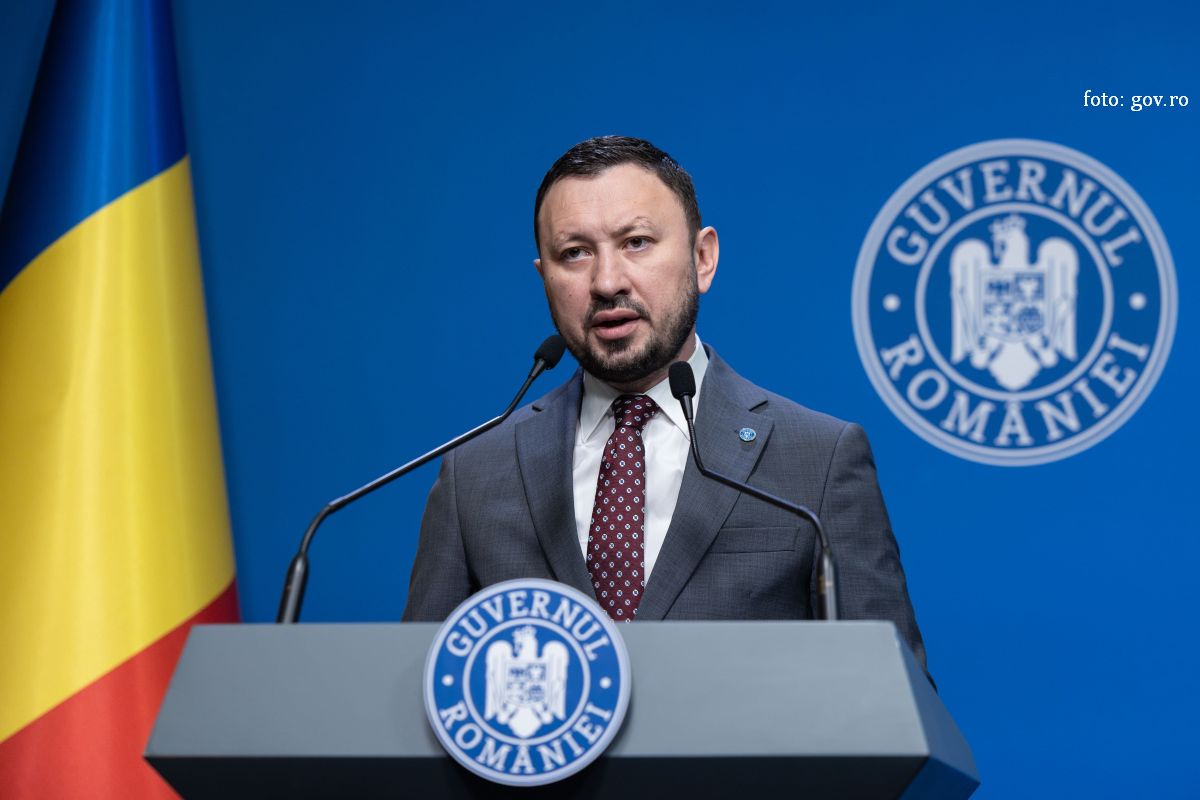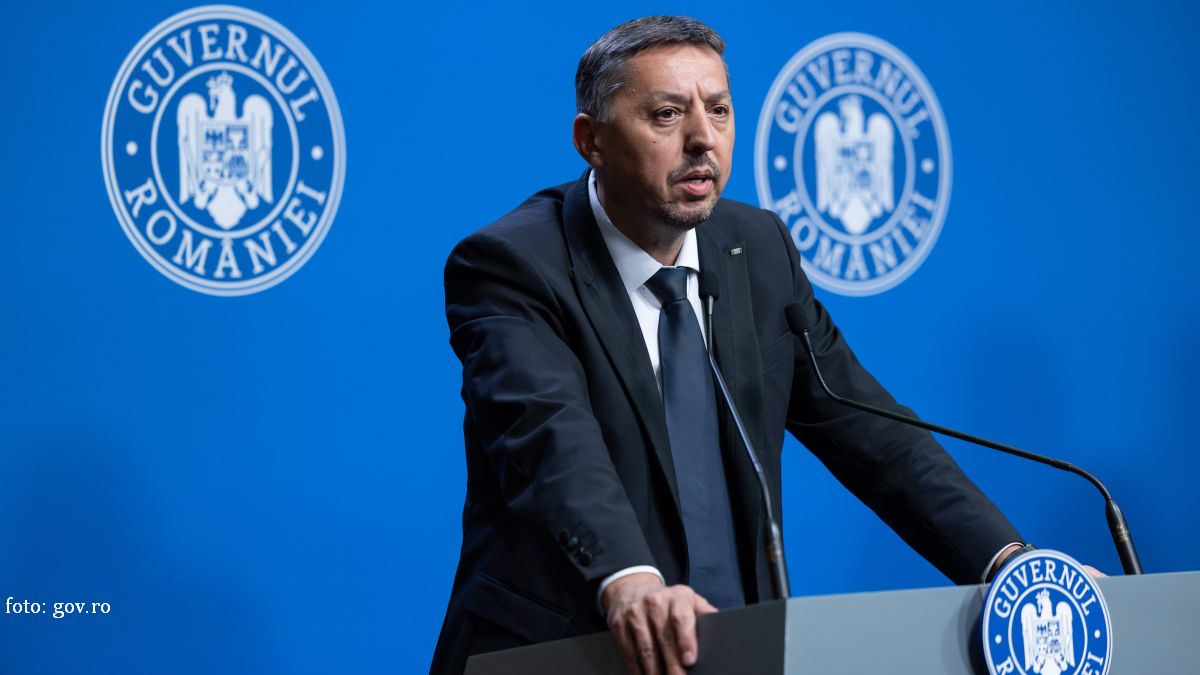EU’s New Pact on Migration and Asylum
The European Parliament and the EU member states agreed on a major reform of the bloc's migration policy

Mihai Pelin, 21.12.2023, 13:50
The European Union tightens its migration policy, one of the most toxic political topics facing the bloc over the past years, by restricting the number of those who seek to enter its territory and rejecting asylum applicants that do not meet the requirements. The EU Council and the European Parliament agreed on a new Pact on Migration and Asylum, which should take effect next year.
The deal reached at the end of the negotiations concerns 5 aspects of migrant management, including the screening of migrants, asylum procedures and crises when migration increases.
The screening regulations introduce uniform rules concerning the identification of non-EU nationals upon their arrival and a shared data base system. Combined, the two elements will increase security in the EU, because the system will identify the unauthorised people or travels across the Union.
Asylum procedures are also changed, to the effect that the return of those who cannot be accepted in the EU may be quicker. The regulation also comprises a solidarity mechanism for member states, which is particularly helpful in crisis situations. When a particular Member State is under migration pressure, it may request other countries to help by taking over some of the applicants. Should that state refuse to assist, it will have to pay EUR 20,000 for each rejected migrant.
Apart from the regulations endorsed in the final negotiation between the European Parliament and the Council, the Pact also includes instruments for reducing migration, in cooperation with the countries of origin, and the European Commission earmarked funding in this respect.
The document was subject to heated debate and negotiation since September 2020. The next step now is the formal endorsement of the document, which will take effect after its publication in the Official Journal.
Several countries, including those where large numbers of migrants come every year, such as Greece and Italy, praised the agreement, but also voiced doubts that the new system would be effective, given the opposition of some of the EU member countries to taking over migrants. Examples include Hungary and Slovakia, which announced they refused both the compulsory relocation quotas and the „fines” for failure to observe them.
The new pact on migration was also criticised by the search and rescue NGOs, which warned that the number of victims would increase, and by Amnesty International, according to which with the new deal the European migration legislation has been set back decades.
The number of migrants in the EU saw a peak in 2015, when one million people, most of them war refugees, entered the European territory. The number dropped below 300,000 in 2020, but since then it has risen steadily, particularly on the Mediterranean route towards Italy. (AMP)






























